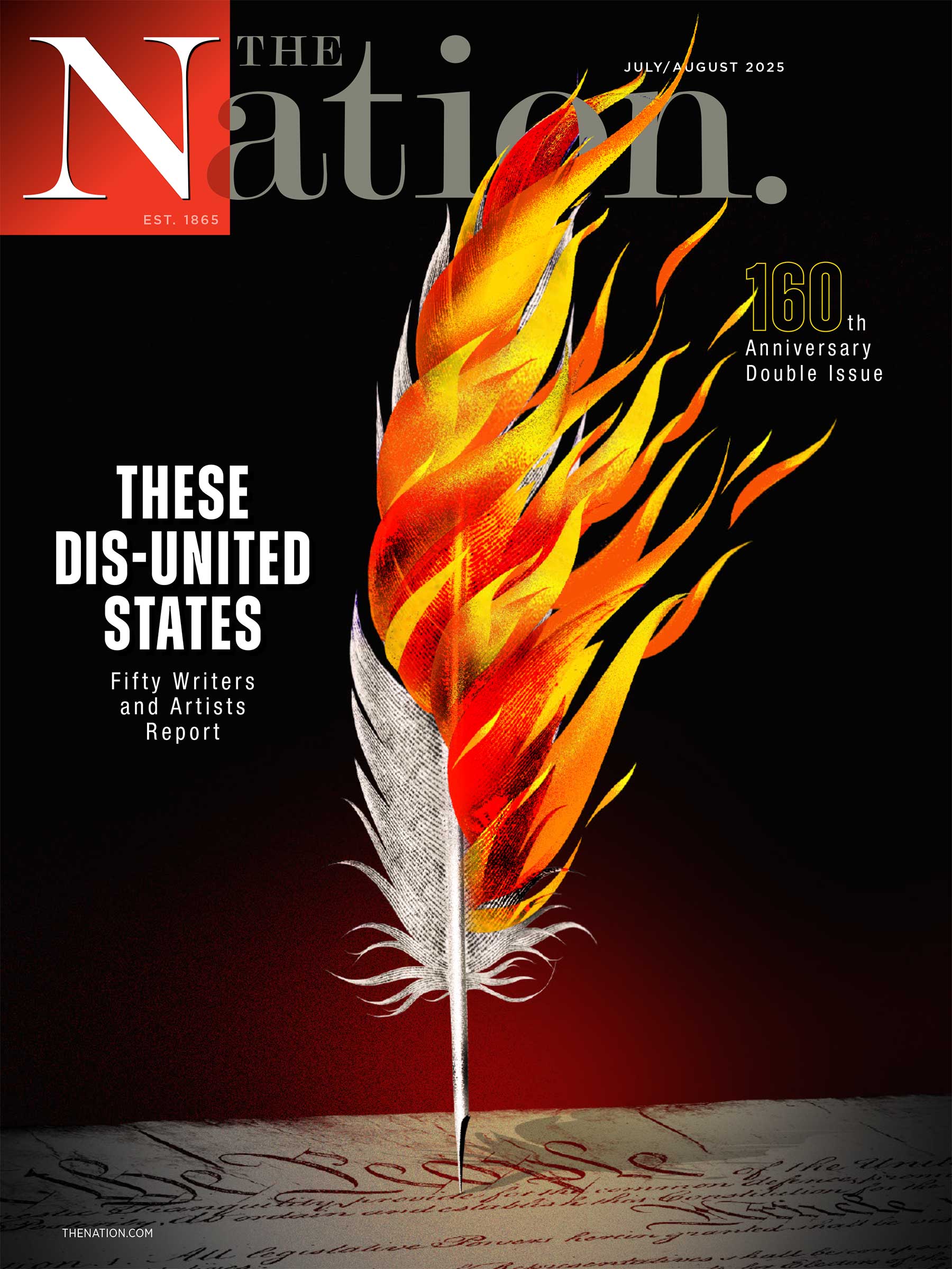This Labor Day, for the first time in forty-five years, there won’t be a Jerry Lewis telethon on TV. It will be a great day for people with disabilities.
The problem with the Jerry Lewis telethon was not that he tried to help people with muscular dystrophy. The problem was the way Jerry Lewis did it. Yes the telethon raised a lot of money. But it also perpetuated destructive stereotypes. Jerry’s message was simple: “crippled children deserve pity.” His critics offered an alternative: “people with disabilities deserve respect.”
Every year it was the same. Jerry did his telethon shtick, parading little kids in wheelchairs across the Las Vegas stage, making maudlin appeals for cash, alternatively mugging and weeping, and generally claiming to be a friend to the doomed.
The pitch was always for “Jerry’s kids.” But two-thirds of the clients of the Muscular Dystrophy Association were adults, and they didn’t like being referred to as “Jerry’s kids.” That’s what Laura Hershey said in 1997—she was one of the activists who organized annual protests outside the telethon. She died in 2010.
All that money was supposed to find what Jerry called “a cure.” Every year he said “We’re closer than ever to a cure.” But every doctor and nurse will tell you the same thing: there is no cure. In the program for the 2011 annual meeting of the Muscular Dystrophy Coordinating Committee, the word “cure” does not appear.
What people with the disability need is help with their symptoms and with mobility. Their quality of life can be improved, their symptoms can be reduced. They also need “accessible public transportation and housing, employment opportunities and other civil rights that a democratic society should ensure for all its citizens.” That’s what Mike Ervin says—he calls himself “a renegade Jerry’s Kid” who was an official telethon poster child in the 1960s.
Some highlights of the telethon (thanks in part to Michael Sragow):
1973: Jerry holds up a child with muscular dystrophy and announces, “God goofed, and it’s up to us to correct His mistakes.”
1977: Jerry is nominated for the Nobel Peace Prize for his humanitarian efforts, especially the telethon, by Representative Les Aspin (D-WI).
1983: President Reagan gets in on the act. Photos show him posing with Jerry and the official muscular dystrophy poster child. The kid is in a wheelchair. He is only 6 years old, but they dressed him in a three-piece suit and a bow tie for the occasion.
1986: Jerry responds to critics. When a female writer for the Montreal Gazette described his performance as “hyperactive, dated slapstick,” Jerry tells the press, “When they get a period, it’s really difficult for them to function as normal human beings.”
For me, the worst moment of the telethon came in 1972 when John and Yoko appeared. They played some good music—“Imagine,” and a reggae version of “Give Peace a Chance.” But they were there for a political reason: President Nixon had been trying to deport them for almost a year, and they were desperate to say in the USA. So to prove they were deserving of residency, they stopped hanging out with Jerry Rubin and instead embraced Jerry Lewis. That’s why Lennon told the telethon audience “Jerry is one of our favorite comedians.”
Now it’s over: no more “Jerry’s kids.” It’s about time.
Some resources:
“The Kids are Alright”
“From Poster Child to Protester”
“Bloggers Protesting Pity”
Laura Hershey’s website
“Muscular Distrophy: Treatment and Drugs”


